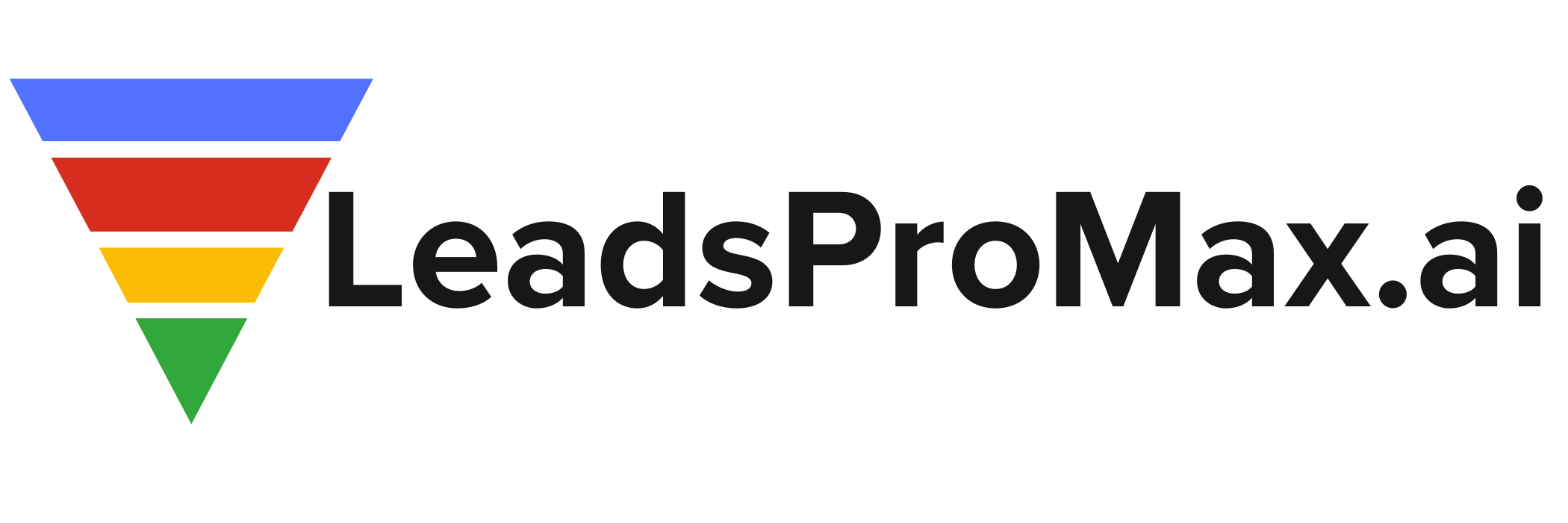Unlocking the Power of HR Data Insights: Driving Real Results in Your Organization
In today’s fast-paced business landscape, organizations are constantly seeking ways to optimize their workforce and gain a competitive edge. One of the most powerful tools at their disposal is HR data insights. By leveraging the wealth of employee-related data available, HR professionals can uncover valuable insights that drive real results and transform their organizations.
The Importance of HR Data Insights
HR data insights involve the collection, analysis, and interpretation of various types of employee data, such as demographic information, performance metrics, and engagement levels. By gaining a deep understanding of their workforce through data analysis, organizations can make informed decisions that lead to better outcomes.
According to a study by Deloitte, organizations that effectively use HR analytics are twice as likely to improve their recruiting efforts and three times more likely to achieve cost reductions and efficiency gains[1]. This highlights the significant impact that HR data insights can have on an organization’s bottom line.
Collecting and Analyzing HR Data
The first step in leveraging HR data insights is to collect relevant employee data. This data can come from various sources, such as Human Resource Information Systems (HRIS), employee surveys, performance evaluations, and even social media. By integrating data from multiple sources, HR professionals can gain a comprehensive view of their workforce.
Once the data is collected, the next step is to analyze it to identify patterns and trends. This is where HR analytics comes into play. By using sophisticated analytical tools and techniques, HR professionals can uncover hidden insights that might not be immediately apparent. For example, they might discover that employees with certain characteristics are more likely to leave the organization or that certain training programs lead to higher levels of productivity.
Generating Actionable Insights
While collecting and analyzing data is important, it’s not enough on its own. To drive real results, HR professionals need to generate actionable insights from the data. This involves interpreting the data in the context of the organization’s goals and objectives and identifying specific actions that can be taken to improve outcomes.
For example, if the data reveals that employee engagement levels are low, HR professionals might recommend implementing new recognition programs or improving communication channels. If the data shows that certain teams are underperforming, HR might suggest targeted training or coaching initiatives.
Visualizing HR Data
One of the challenges of working with HR data is that it can be complex and difficult to understand. To make data analysis more intuitive and accessible, many organizations use HR dashboards and other data visualization tools. These tools present findings through graphs, charts, and other visual aids, making it easier to spot patterns and trends.
According to a survey by the Society for Human Resource Management (SHRM), 73% of organizations use HR dashboards to track and analyze employee data[2]. By using data visualization tools, HR professionals can quickly identify areas of concern and communicate insights to stakeholders in a clear and compelling way.
Making Strategic Decisions
Ultimately, the goal of HR data insights is to inform strategic decision-making that leads to better business outcomes. By using data to optimize HR functions such as recruitment, training, and benefits offerings, organizations can attract and retain top talent, improve productivity, and enhance overall performance.
A case study by IBM found that a global financial services company was able to use HR analytics to reduce attrition by 25% and improve revenue per employee by 4%[3]. This demonstrates the tangible impact that HR data insights can have on an organization’s bottom line.
The Future of HR Data Insights
As technology continues to advance, the possibilities for HR data insights are endless. Artificial intelligence and machine learning are already being used to analyze vast amounts of employee data and generate predictive insights. For example, AI-powered tools can help identify employees who are at risk of leaving the organization or predict which candidates are most likely to succeed in a given role.
According to a report by McKinsey, organizations that effectively use AI in HR can reduce attrition by up to 50% and improve employee performance by up to 20%[4]. As more organizations adopt these cutting-edge technologies, the role of HR data insights in driving business success will only continue to grow.
Conclusion
In today’s data-driven world, HR data insights are no longer a nice-to-have but a necessity for organizations that want to stay competitive. By leveraging the power of data analysis, HR professionals can gain a deeper understanding of their workforce, make informed decisions, and drive real results.
Whether you’re just starting to explore HR data insights or are already using advanced analytics tools, the key is to remain focused on generating actionable insights that align with your organization’s goals. By doing so, you can unlock the full potential of your workforce and achieve sustained success in the years to come.
#HRDataInsights #HRAnalytics #PeopleAnalytics
To learn more about how HR data insights can benefit your organization, check out this informative article from myHRfuture. And for a deeper dive into the world of people analytics, be sure to read this comprehensive guide from AIHR.
-> Original article and inspiration provided by LeadsProMax.ai@TheHRDirector
-> Connect with one of our LeadsProMax.ai Strategists today at LeadsProMax.ai


